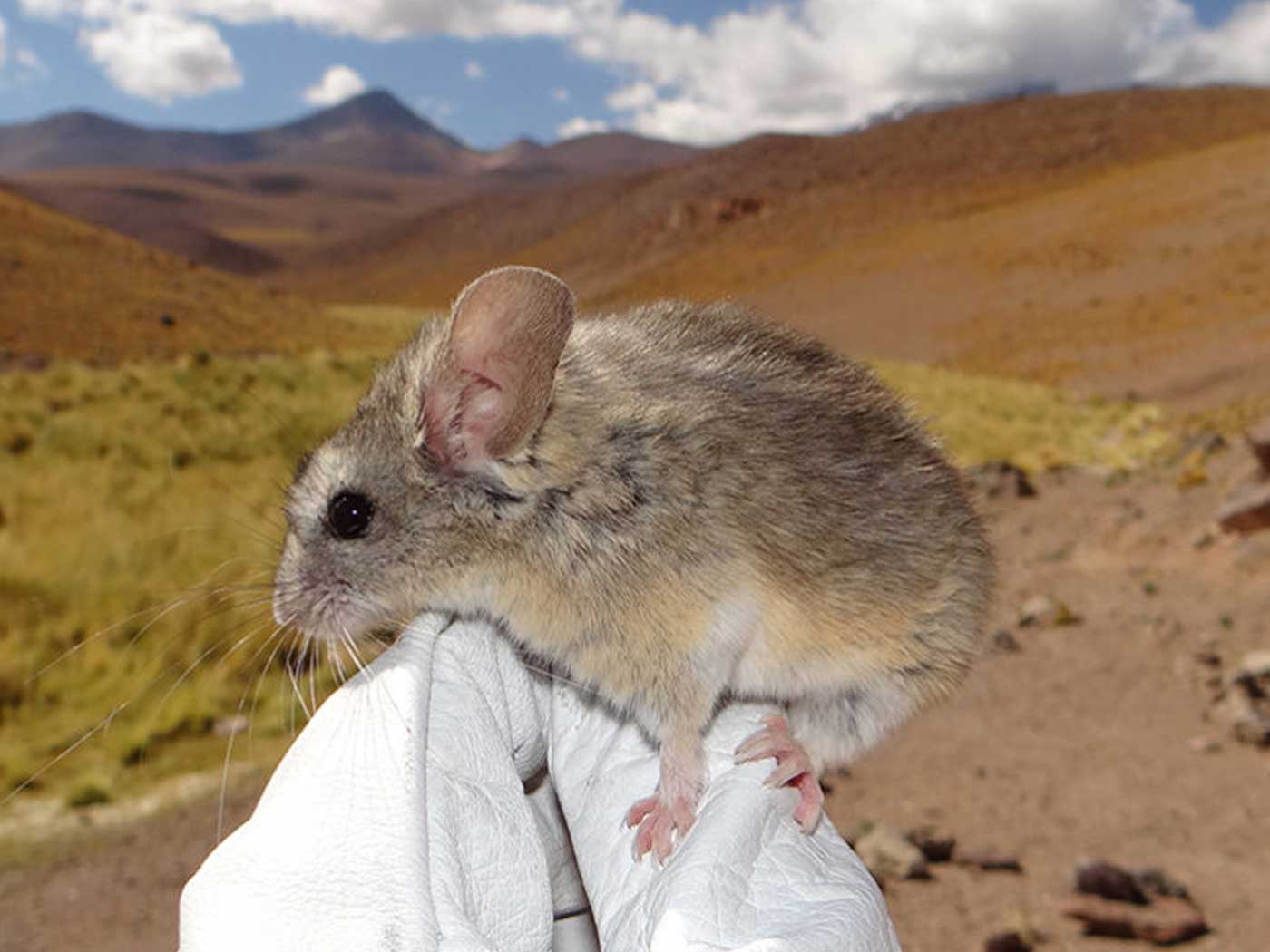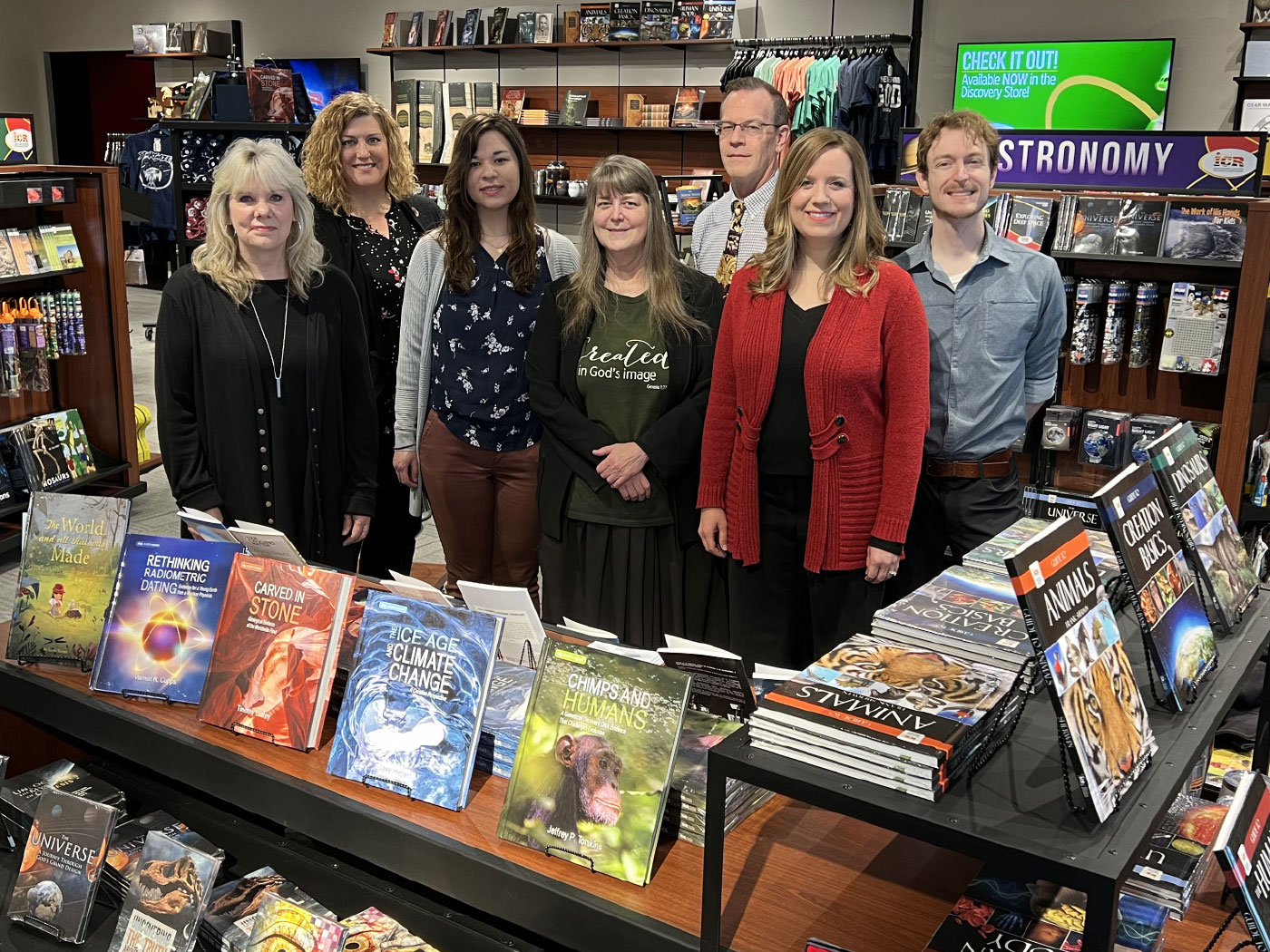.png) Most of us know the phrase “Don’t reinvent the wheel.” It means that we hope to take the solution for one problem and readily apply it to another. For efficiency and simplicity, most people will take this approach if they can. This is especially true for engineers, computer programmers, or others in technical professions.
Most of us know the phrase “Don’t reinvent the wheel.” It means that we hope to take the solution for one problem and readily apply it to another. For efficiency and simplicity, most people will take this approach if they can. This is especially true for engineers, computer programmers, or others in technical professions.Whoever engineered the first wheel used the same methods that a skilled engineer would use today. Engineers must choose (or specify) the design, materials, and processes to build wheels. But consider this: If they make the choice to not reinvent the wheel, then their specification to re-use that same design in another application is still an act of engineering.
Biologists should keep this reality in mind as they reverse-engineer the systems underlying the operation of biological functions. Given that the Lord Jesus is God the Creator (John 1:1-3; Colossians 1:15-17), everything that biologists discover is evidence of an unrivaled engineer’s handiwork—whether they find unique inventions or the wise re-use of designs in diverse applications. Perhaps this is one easily observable way that Lord Jesus wanted to reveal His engineering expertise as a sign of both His reality and His glory.
Romans 1:20 reveals that it is through the recognition of “workmanship” that God chose to plainly manifest Himself in everyone’s mind. Every culture has experienced the telltale sign of human engineering at work as expressed in the unique characteristics of crafted things such as tools, ships, buildings, etc. This collective human experience is the only way we understand what workmanship is.
In terms of Christ’s revelation, this human ability cannot be overemphasized. Why? Because people also have a powerful predisposition to link the features they see in organisms and engineering design together.1 Thus, the human ability to intuitively recognize those distinctive features of engineered craftsmanship in creatures—as a telltale sign of Christ’s agency—leaves people without excuse if they fail to credit God for their origination.
In addition, engineering principles underlie human workmanship and explain why it works. Since the Bible says that people will also recognize Christ’s workmanship, then this is a strong indicator that engineering principles can be sensibly used to explain how living things function. In fact, we will see corresponding engineering principles underlie sensors that enable creatures to detect very subtle vibrations from their environment and those of human-engineered sensors. We will also see evidence of engineering activity through the wise re-use of designs.
Diverse Creatures Detect Minuscule Vibrations
Our ears have a special organ called the cochlea that is designed to detect even minuscule vibrations of air. This organ sends signals to the brain that we interpret as sound. Many other creatures detect sound in similar ways, but auditory stimulation is only one route to detect vibrations within the environment. Other examples of mechanisms show how fascinating research in this area can be.
Some animals use specialized sensors all over their body to detect vibrations. Research in Austria focused on one species of the Central American wandering spider. Micro-force detectors and scanning white light were used to quantify the forces on “strain sensors” that detect vibrations.2 They discovered that these spiders are extraordinarily sensitive to vibrations by detecting an incredibly small force of about 0.000036 ounces (thirty-six hundred thousandth of an ounce). In addition, these spiders will react only to vibrations within biologically meaningful frequencies and amplitudes (such as those produced in mating rituals or by small insects) and ignore the rest.
Mammals have organs in their skin called Pacinian (or lamellar) corpuscles that are extremely sensitive to vibrations. One of the world’s leading researchers on elephant behavior from Stanford University has focused on elephant’s capabilities to detect ground vibrations coming from long distances.3 Elephants have a complex array of vibration sensors in their feet. The maximum distance for detecting these subtle vibrations is not known, but research indicates that elephants can detect signals from other elephants at a distance of over nine miles. Elephants can also discriminate subtle differences between seismic stimuli and adjust their behavior accordingly.
Engineered Controls Regulate Embryonic Development
In addition to Pacinian corpuscles and the tiny hair cells in a cochlea, creatures have multiple types of sensors to detect a wide range of vibrations in their environment. Humans and some animals have thousands of other cells sensitive to both vibration and pressure in their skin. These are called Merkel cells (Figure 1). For years, investigators have known that the hair cells in our inner ear and Merkel cells share some similar features for detecting vibrations.
Engineers often re-use a good design in similar applications. Thus, they should not be surprised to learn that it happens in biology. Researchers from the University of Southern California discovered that during embryonic development the genetic code underlying the hair cells used in the cochlea for hearing and Merkel cells used for delicate skin vibration would originate from the same DNA location.4 Both are defined as mechanosensors, and in this case they each detect similar frequencies of vibration.
When, where, and how genetic information is expressed during development is highly regulated. Regulatory mechanisms can be incredibly complex and are indicative of expert engineering skills. The USC researchers found that the formation of specialized mechanosensors in ear hair cells and Merkel cells from their progenitor cells cannot proceed unless a “master regulator” protein called ATOH1 activates enhancers for certain genes. But, initially the action of ATOH1 on enhancers is blocked. This block is overcome by a “feed-forward mechanism” in which ATOH1 first stimulates the expression of another protein called POU4F3 that acts as a pioneer factor to provide access to the enhancers that are closed to ATOH1. By carefully following this process we can see a “chicken and egg” scenario in which the proteins ATOH1 and POU4F3 are both needed at the same time for each of them to complete their activities.
Another researcher provides a fascinating insight about how the brain processes information from the ear’s hair cells and Merkel cells that would be familiar to engineers. The human brain processes both sets of information—those produced by air vibrations in the ear and fine vibrations on the skin—using “neurons in shared regions of the brain” that “highlights how intimately the functions of hearing and touch are linked.”5 This demonstrates the re-use of divine engineering for different purposes.
Corresponding Use of Engineering Principles
Recall that people understand workmanship through experience. The tight correspondence between human-engineered systems and those found in creatures makes it hard for people to deny that creatures are also engineered. In these examples of vibration detection, we see multiple examples of corresponding engineering principles in both the mechanosensors and in the processes that develop them.
Engineers design sensors that use the energy contained in a vibrating substance to move a trigger-like mechanism that activates an electric current produced by many different means. Hair cells of the cochlea and Merkel cells use the same principle. One simple human-engineered device is shown in Figure 2. Engineers also employ “systems engineering” when they design a device with the signal detection and signal analysis to precede the real-world problems. We see the same systems engineering here.
Re-using the same genetic code underlying the hair cells in the cochlea and Merkel cells corresponds to what programming engineers do when writing computer code. This way of leveraging existing code is widely used in the world of programming and called “Code Reuse.”6 Another related area where we see correspondence is how and where data are analyzed. Engineers and programmers will often use one mathematical algorithm to process similar signals generated by multiple sensors. We’ve seen that this corresponds to how the same area of the brain processes signals carrying data about external vibrations from both Merkel and inner-ear hair cells.
Finally, we saw in development a process with a “chicken and egg” scenario in which the proteins ATOH1 and POU4F3 are both needed at the same time for each of them to complete their activities. All creatures have systems with multiple parts working together for a purpose. Many of these systems have core components that have to be functioning all together from the start. What we are recognizing is the engineering principle of “functional coherence.” This principle has also been called “irreducible complexity” or “all-or-nothing unity.” All-or-nothing unity is best explained from a systems engineering perspective that specifies all of the necessary parts being constructed together from the beginning.
Further analysis would no doubt detect many more areas where creatures and human-engineered devices use corresponding engineering principles. This is a strong indicator that engineering principles can be sensibly used to explain how living things function.
Evolutionary Magic = Vivid Imagination + Mystical Agents
If we were looking for serious scientific explanations for the origin of these vibration-detection and analysis systems, then that would force us to ask some probing questions. Why would the epigenetic “feed forward” mechanism noted above come into existence before there were two types of vibration cells? This seems like an obvious Catch-22.
However, evolutionary biologists’ explanations for the development of these similar mechanosensors prove to be mystical. They are forced to conjure vivid imaginative scenarios to fill in for missing data. For instance, in regard to the origin of the “feed forward” mechanism in humans, they say, “We hypothesize that this feed-forward mechanism arose in an ancestral neurosensory mechanoreceptor cell type and may have provided a basis for sister-cell evolution through enhancer network divergence between modern mechanoreceptors.”4 That yarn, rooted in magical words like “arose” and “evolution” routinely invoked by evolutionists, may only be topped by this phantasm for the origin of the auditory system: “The auditory system may have evolved from the more rudimentary mechanosensitive system in the lateral lines of fish as organisms became land dwelling.”5
There is no room in Darwin’s selectionist worldview for giving Christ the credit for engineering the intricate systems that we see in creatures. Selectionists project volitional and intelligent agency onto nature when they ascribe to it the ability to “select for” or “act on” creatures. Nature derives its imaginary law-like creative powers over organisms from the belief that it somehow selects for traits just like real human breeders do. God’s true agency is exchanged for an idolatrous view of nature that treats this unconscious entity as though it had volition and exercises an omnipresent agency. Evolutionists do not explain away the Creator, they simply venerate nature as God.
ICR Has a Better Idea: Develop a Theory of Biological Design
ICR has been working to develop a theory of biological design based on both scientific observations and biblical indications that engineering principles can be sensibly used to explain how living things function. The systems engineering underlying the similar development of these stunningly sensitive mechanosensors (and the processing of their signals in common neural algorithms) is highly suggestive of the wise re-use of designs in diverse applications. Human engineers can readily identify with this approach. This observation further fills out another facet of a theory of biological design.
There is absolutely no area of biological research—no matter how specialized—that does not reveal the profound engineering genius and inestimable power of the Lord Jesus. Even though the Lord astounds us in the incredible things that He does invent, His deep wisdom in regard to efficiency and simplicity is further revealed in His impeccable choices to “not reinvent the wheel.”
References
- Bering, J. Creationism Feels Right, but That Doesn’t Make it So. Scientific American. Posted on blogs.scientificamerican.com March 19, 2009, accessed September 18, 2021.
- Schaber, C. F., S. N. Gorb, and F. G. Barth. 2011. Force transformation in spider strain sensors: white light interferometry. Journal of the Royal Society: Interface. 9 (71): 1254-64. doi: 10.1098/rsif.2011.0565.
- O’Connell-Rodwell, C. E. 2007. Keeping an "ear" to the ground: seismic communication in elephants. Physiology. 22 (4): 287â€294. doi: 10.1152/physiol.00008.2007
- Yu, H. V. et al. 2021. POU4F3 pioneer activity enables ATOH1 to drive diverse mechanoreceptor differentiation through a feed-forward epigenetic mechanism. Proceedings of the National Academy of Sciences. 118 (29): e2105137118. doi: 10.1073/pnas.2105137118
- Yau, J. Overlapping senses: hearing and touch share circuits in the brain. Research Features. Posted on researchfeatures.com April 5, 2018, accessed September 16, 2021. Emphasis added.
- Frakes, W. B. and K. Kang. 2005. Software Reuse Research: Status and Future. IEEE Transactions on Software Engineering. 31 (7): 529-536. doi:10.1109/TSE.2005.85
* Dr. Guliuzza is President of the Institute for Creation Research. He earned his M.D. from the University of Minnesota, his Master of Public Health from Harvard University, and served in the U.S. Air Force as 28th Bomb Wing Flight Surgeon and Chief of Aerospace Medicine. Dr. Guliuzza is also a registered Professional Engineer and holds a B.A. in theology from Moody Bible Institute. Aaron Guliuzza is an Industrial Engineer with Molded Fiber Glass Companies. He leads a team of engineers that manages the planning and production of composite wind turbine blades for large electric generators. He holds a B.S. in Industrial Engineering from South Dakota School of Mines and Technology.



















